Botswana’s unspoiled locations are filled with incredible natural beauty and make the perfect backdrop for a unique safari experience.
Be assured that regardless of the time of the year you want to visit Botswana, the scenery and wildlife will not disappoint you!
You will get a chance to see the big 5 through our thrilling game drives, go on mokoro trips, experience the untroubled and vast nature, and witness magical sunsets on the cruise.
The official name is Republic of Botswana and it’s a wonderful country geared towards ecotourism. It is a safe and welcoming land of 2.2 million people. Botswana is a landlocked region of 581,730 km2 (224,610 sq. mi) in size and hosts the remote stretches of the Makgadikgadi saltpans, the winding channels of the Okavango Delta, the wild savannah of the Savuti, the elephant paradise of the Chobe, to the arid and vast Kalahari Desert… Needless to say there is a lot to see in Botswana.
Besides its unspoiled and diverse landscapes you will also find that Botswana can accommodate any budget. We offer mobile tented safaris, helicopter tours and 5 star luxury lodges. We recommend a stop in Botswana on your list. It can easily be a safari on its own or an addition to a larger South African or Tanzanian safari.
In this page you will find all the information about this unique country. For further information please contact one of our travel specialists.

Below your will find some of the main destinations in Bostwana. Each of them is distinct and we recommend a combination of our favorite locations. You will not be dissapointed.
A UNESCO World Heritage Site, it is one of the most stunning and popular destination in Botswana. It is an unspoiled wilderness with diverse landscapes going from dry woodlands to seasonally open floodplains, intricate channels, and swamps. Much of its area is protected by the renowned Moremi Game reserve and privately managed concessions. This emerald-green delight lies in northern Botswana at the heart of the arid Kalahari Desert yet it is a fertile habitat that teems with an abundance of wildlife such as zebras, cheetahs, giraffes, elephants, crocodiles, black and white rhinos, lions, hippos plus unusual antelope like puku, sitatunga and red lechwe.
Besides being one of the major interior delta systems that do not flow into a sea or ocean, one interesting characteristic of the Okavango Delta is that it’s annual flooding occurs during Botswana’s dry season. These floods originate in Angola and urged the native plants and animals to synchronize their biological cycles with these seasonal rains and floods.
The Okavango Delta offers activities for everyone. Besides the normal game drives, you can also enjoy walking safaris, mokoro, boat rides and dugout canoe safaris, fishing, and night game drives.
If this is one of the destinations you would like to visit let us know and we will help you plan accordingly. Although the landscape is always stunning, the seasons can radically affect your chances of certain activities and wildlife diversity.
The Kalahari Game reserve is one of the largest reserves in the Kalahari Desert. It is a wilderness area with limited transportation present and difficult routes.
It is one of the three parks of the Kalahari Desert; a vast 900,000 km2 semi-arid sandy savannah spreading from Angola to the Orange River. The word ‘Kalahari’ comes from the local Tswana word “kgala”, which means “great thirst”. Its heavenly sands are a beautiful scenery to witness. Here, maybe more than anywhere else, you will feel the isolation and get the feeling that you are hundreds of years away civilization. But this desert is not just sandy wasteland, its 3-7.5 inches (76-190 mm) annual rainfall provides ideal conditions for amazing woodland, rolling grassland and seasonally flooded pans amid its parks.
The camelthorn tree is native to the Kalahari and it is vital to the ecosystem because it provides nutrients that instigate other plants to grow around its base and offers shade for animals.
The massive Central Kalahari Game Reserve is home to an astonishing variety of animals. The main stars are the black-maned Kalahari lion, the cheetah, caracal, meerkat, brown spotted hyena, and black-backed jackal. Rarely seen but still present are the rare wild dog and the elusive leopard. All these animals have cleverly adapted to the extremely harsh conditions.
During the rainy summer season (December to April) birdlife is startlingly good.
The Kalahari’s remote wilderness is a very gratifying safari destination, different from the typical safari destinations. Make it a complement to any of our Botswana Safaris.
It is surrounded by the Kalahari Desert in the middle of the dry savanna of north-eastern Botswana. The Makgadikgadi Pan is one of the largest salt flats in the world (technically not a single pan but many pans with sandy desert in between) with an area of 3,900km² / 1,506mi² and it’s what remains of the massive Lake Makgadikgadi that has been dried up long time ago. The national park itself is roughly 12,000 km² / 7,456 mi². The explorers like the famous Dr. David Livingstone, often risked their lives crossing these harsh and punishing plains on oxcarts.
The Boteti River marks the western boundary of the Makgadikgadi Pans National Park. During the harsh dry season, with soaring temperatures and strong hot winds, very little wildlife can survive in the salty desert pans. The only plant life in this desolate arid area is a thin layer of blue-green algae, the massive baobab trees and the occasional picturesque palm-trees. And only a number of desert specialists like the brown hyena, meerkat, and aardwolf live year round. But come the rainy season, the pans transform into a powder blue lake and the grassy plains become an essential habitat for migrating animals such as the zebras (second largest zebra migration in the world) and wildebeest together with giraffes and elephants and the numerous predators that target them. Among the migratory birds you will find ducks, geese and Great White Pelicans. The Sua (Sowa) pan area is also used as breeding grounds for tens of thousands of the Greater Flamingos that are attracted by the abundance of algae and crustaceans; an overwhelming spectacle!
Some of the activities available are daily game drives, walking safaris, quad-biking, bird watching, and a tour of the small village of Gweta or the Nata Bird Sanctuary.
The Nxai Pan National Park covers an area of 2,100 km² / 1,305 mi² in the Kalahari Desert and comprises several large pans that once were ancient salt lakes. These fossil pans now hold dispersed islands of acacia trees, grassland and those animals that have adapted to the harsh dry conditions such as the springbok, giraffe and gemsbok. During the rainy season the pans fill with water and become a rich resource for wildlife. During this period wildlife viewing is sensational. The sand dunes, the Baines Baobab trees, and the zebra migration are the main attractions in this fascinating National Park.
Baines Baobabs (named after the 19th century explorer Thomas Baines) are seven giant, twisted baobab trees positioned on a small island overlooking at the white, crusty KudiaKam Pan. Baines’ diaries, sketches, and paintings provide captivating first-hand documentation of Africa in the 1860s. Nowadays the Baobabs have become a popular fascination and a great safari attraction.
Although the Great Migration in the Serengeti is the most famous and biggest migration, the zebra migration in Botswana’s pans is the longest. The zebras cover distances of around 1,000 km /620 mi return. They stay in the floodplains of the Chobe River and its surroundings from around July to early November when they start to head south to the Nxai Pan National Park. They stay there for about 80 days (December- February) and then head to the Makgadikgadi Pans National Park where they stay from March to May until it’s time for them to head north to more permanent water sources. It is a unique experience to see hundreds of these striped equines running together.
Stay in the permanent tented camp or a mobile safari camp. This park is often underrated because of the unpredictability of its game but talk to us about all the options available in this fascinating park.
Chobe National Park covers 11,700 km² / 7,270 mi² in the northern part of Botswana. It is the third largest park of this country and is famous for its remarkable concentration of wildlife. Its diverse landscapes encompass swamps, floodplains, mopane, acacia terrains and woodlands.
During the dry winter months the enormous herds of elephants, buffalo, and other water-dependent animals congregate on the Chobe River to drink, bathe and play. It is a breathtaking sight to see them crowding the banks of the river with the beautiful backdrop of Chobe’s landscapes.
With the arrival of the rains, it is not your typical safari but it has a magic all of its own. During this time the birds migrate to the river, the savannah turns into lush green plains, wild flowers abound, there are hundreds of newborns, and the resident herds gorge themselves. Large herds of wildebeest and zebra gather on the Savute plains and Mababe depression.
In the southern region of the park is the Savuti region, with an almost desert-like appearance this rough and wild area is ideal to witness the most dramatic predator action. Behold upon the ferocious interactions between lions and hyenas and powerful prides take down big game animals such as buffalo, elephants and giraffe.
A visit to this biologically diverse park can combine game drives with river cruises to experience the park and its wildlife from unique angles. Experience the magical African sunsets on a boat and get up close to the giant hippos and crocodiles that can be found year-round along with over 460 amazing species of birds. An ideal setting for wildlife enthusiasts and avid bird photographers!
Due to its close proximity to Victoria Falls (90 min drive), we recommend combining a day trip to Victoria Falls with game drives at Chobe park.
This national park is shared between the borders of South Africa and Botswana. Since 2000 the ecology of the 37,000 km² / 22,990 mi² Kgalagadi Park is managed as a single unit between these countries and has been a great step forward for desert conservation. There is no boundary fence and the animals can roam freely in this cross-border wildlife reserve.
With red sand dunes, sparse scrub, grassland and seasonal pans fading into the horizon, this park offers great wildlife viewing opportunities and the backdrop to an inimitable experience. Wildlife can be seen year round since they have adapted to the harsh desert conditions but the best sightings are at the end of the wet summer season from March to May when temperatures are mild and the animals congregate around the pans.
Animals are easy to spot resting in the shade of the imposing camel thorn and acacia trees providing great photographic opportunities and giving predators like black-maned lions, cheetahs, leopard, and raptors the advantage point. From the comfort of your 4×4 vehicle you will spot gemsbok, eland, springbok, blue wildebeest, meerkat, honey badger scaly anteater, fox, red hartebeest and all the predators. The Kgalagadi is also a haven for birds, there are around 250 species including many birds of prey like eagles, falcons, vultures, goshawks, and other raptors.
While the majority of the area is only allowed to be covered by car, there are some trails that you can walk and enjoy the picturesque landscape of salt pans and scrub vegetation. Game drives at dawn or dusk are also available.
There is something magical about this immense desert. One of our experts will readily assist with any questions you may have.
Located between the Savuti channel and the Okavango Delta wetlands, this game reserve was the first one to be founded solely by local Batawana residents who were trying to protect the environment and wildlife from natural and man-made threats. It is the oldest and first protected reserve of the Okavango Delta. It is a small but diverse area that boasts with wildlife and combines stunning scenery of pans, dense mopane woodland, grassland, savannah, floodplains, acacia forests, winding rivers and lagoons.
The Moremi Game Reserve is vital for the endangered species of large mammals: the cheetah, white rhinoceros, black rhinoceros, African wild dog and lion. The Rhinos have been slowly introduced into private areas of the reserve and has shown positive results. The area is also home to over 500 bird species and over 1000 plant species. This ecosystem is one of the richest in Africa, often referred to as a “Garden of Eden,” and thanks to the preservation efforts, the flora and fauna is fairly undisturbed. The annual rainfall showcases an outstanding interaction between the water and wildlife. Imagine the birdlife around the rivers, elephants and hippos splashing in the lagoons, and other wildlife such as buffalos, blue wildebeests, tsessebe, red lechwe, giraffes, and impalas wanting to take a sip from the fresh waters.
Discover a unique land while staying in one of the intimate lodges in the Moremi for an unforgettable African experience. Game drives, walking safaris, boat trips, mokoro safaris….Moremi is truly is a wildlife paradise with a lot to offer.
The Linyanti Wildlife Reserve is situated between the Okavango Delta, the Chobe National Park and Namibia’s Caprivi Strip. It consists of three privately managed wildlife reserves – Linyanti, Selinda and Kwando and it is fast becoming a prime game viewing destination. The diverse landscapes offer marshlands, papyrus-lined lagoon, swamps, winding waterways, open grassland and riverine forest. Its wide, permanent rivers provide one of the best bird watching destinations with endemic species and marvelous raptors.
Linyanti is a year-round safari option but during the dry season huge quantities of game migrate from the surrounding dry woodlands to the Linyanti wetlands in search for water. This delivers fabulous game-viewing and high-action bustle between predator and prey around watering holes. More elusive species such as Sable and Roan Antelope are also found in this area. Let’s not forget about the amazing birds such as Carmine bee-eaters that can often be seen nesting and chirping about during the day on the banks of the river and other thousands of birds that migrate to the area during the rainy season. In addition to the vast natural beauty and abundant wildlife, the area is home the world’s second largest zebra migration.
You will be treated to morning and afternoon game drives, exciting night drives, motor boat and sunset cruises, canoeing, and guided nature walks.
Access to this remote area is limited to those who are staying at one of the few lovely private lodges in the region. If exclusivity is what you are looking for then these wild wetlands are the answer. You will have the feeling of truly being out in the untouched wild Africa.
The Tuli Block is a wildlife rich area in the easternmost corner of Botswana. It borders South Africa and Zimbabwe where the Limpopo and Shashe Rivers meet. Previously it was an area of private farms, but a few decades ago it made more economic sense to transform the land into a wildlife sanctuary. Now it integrates Mashatu Game Reserve, Northern Tuli Game Reserve and other smaller game reserves.
It’s a beautiful area of diverse and captivating splendor. You will enjoy several rivers, rocky outcrops, riverine forests, open savannah plains, and lots of massive baobab trees. Wildlife sightings are guaranteed year round. There are large herds of elephant, wildebeest, zebra, plenty of lion, kudu, leopard and even cheetah. The main attraction are the rare black-maned lions. There are also Stone Age sites and amazing African Rock Art on specific hills. Because it’s private land, guided walking safaris and night drives can be enjoyed. There are fine lodges and camps to stay at.

All trips WILL be customized to fit YOUR needs.
BOTSWANA DELTA AND DESERT EXPLORER SAFARI
Duration: 9 days
Countries: Botswana
DAYS 1 – 3: LINYANTI WILDLIFE RESERVE
Touch down at Maun Airport and board a flight to Selinda Airstrip. Upon arrival, you will be transported to your Camp via road transfer.
Activities during these days consist of morning and afternoon game drives, walking safaris, and seasonal canoe trips.
DAYS 4 – 6: OKAVANGO DELTA
Fly from Selinda Airstrip to Shinde Airstrip. You will have another road transfer to your Camp in the Delta’s northern region.
Over these days, the safari itinerary is fully flexible, enabling you to create your own program of game drives, walks, mokoro trips and boat safaris.
DAYS 7 – 8: CENTRAL KALAHARI GAME RESERVE
Take a flight from Shinde Airstrip to Kalahari Plains Airstrip, and travelling to Kalahari Plains via road transfer.
During these days enjoy the classic dry season desert safaris.
DAY 9: RETURN HOME
After breakfast, you will be transferred back to the airstrip for your onward flight via light aircraft to Maun Airport. Here you will connect with your onward flight home.
CLASSIC BOTSWANA SAFARI
Duration: 11 days
Countries: Botswana
DAY 1: ARRIVAL DAY
Arrive at Maun
DAY 2 – 4: LINYANTI WILDLIFE RESERVE
Upon arrival at Maun Airport you will be met by a member of Trailblazer Safaris who will assist you onto your light aircraft. From here you will be flown to the Linyanti. On arrival you will be met and transferred to your camp.
Activities during these days consist of morning and afternoon game drives, walking safaris, and canoe trips (these are only available from May to September).
DAY 5 – 7: OKAVANGO DELTA
Today you will be transferred back to the airstrip for your onward flight via light aircraft to the Okavango Delta. Enjoy three days of safari activities in the Okavango Delta.
DAY 8 – 10: MAKGADIKGADI PANS
After breakfast you will be transferred to the airstrip for your flight to the Makgadikgadi.
You will have the chance to enjoy unique activities such as quad biking, star gazing, walking safaris and interactions with the Kalahari bushmen.
DAY 11: RETURN HOME
Fly back to Maun Airport where you will connect with your onward flight home.
LUXURY BOTSWANA FLY-IN SAFARI
Duration: 13 days
Countries: Botswana
DAY 1: ARRIVAL DAY
Arrive at Maun
DAY 2 – 4: OKAVANGO DELTA
Take a light aircraft flight from Maun to a private Concession in the Okavango Delta.
During these days enjoy morning and afternoon game drives, guided walks, mokoro trips and boat safaris. During your down time relax by the pool in the lodge.
DAY 5 – 7: CHIEFS ISLAND (MOREMI GAME RESERVE)
Take a light aircraft flight to Chief’s Island in the Moremi Game Reserve.
Enjoy game drives in the mornings and afternoons when the wildlife is most active. Mokoro trips and walking safaris are also available.
DAY 8 – 9: LINYANTI WETLANDS
Fly to your incredible Camp, overlooking the Linyanti River. Afternoon game viewing excursion in the Linyanti Wetlands.
Game drives, guided walks and seasonal boat safaris. There are also two hides where you can sit and watch the wildlife.
DAY 10 – 12: CHOBE NATIONAL PARK
Fly from Linyanti Wetlands to Chobe National Park.
Safari activities in Chobe National Park. River boats or sunset cruise are a great way to end your safari.
DAY 13: RETURN HOME
Fly back to Main by light aircraft for your International return flight.
UNIQUE WALKING AND HELICOPTER CAMPING AT OKAVANGO DELTA
Duration: 6 days
Countries: Botswana
DAY 1: SHINDE CAMP
Take a charter flight from Maun into the Shinde Concession, on the northern edge of the Okavango Delta.
Short drive to the Shinde camp. Afternoon activity as well as a briefing session about the next few days will take place.
Activities at Shinde include: game drives, game viewing in mokoros (traditional dug-out canoes), guided nature walks, night drives, motor boating, fishing and sunset cruises.
DAY 2: WALK + REMOTE CAMPING
First day of walking and first night of remote camping.
Our remote camp location is not pre-determined and will be where your guide together with yourselves
decide is a great place to rest your weary feet for the night.
DAY 3: WALK
Second full day of walking. Make your way to Footsteps camp. Following dinner, enjoy a night drive.
DAY 4: WALK + REMOTE CAMPING
Explore the northern sections of the Shinde Concession. Remote camping at night.
DAY 5: WALK
Pack up your remote camp and begin the last day of walking back towards Shinde camp.
Enjoy a boat trip, a game drive or just relaxing in your plush room.
DAY 6: CHARTER PLANE
Charter plane will take you on to your next destination whether it is Maun or your next safari location.
Note: We do not mention the exact days for the helicopter movements on the itinerary to keep the surprise factor intact but we can guarantee you that a minimum of two helicopter rides are included in the itinerary.
THE BEST OF BOTSWANA AND VICTORIA FALLS
Duration: 10 days
Countries: Botswana, Zimbabwe
DAYS 1 – 3: VICTORIA FALLS
After landing at Victoria Falls International Airport you will have a private road transfer to your hotel.
During the following two days enjoy a full day tour of the falls, market, Dusty Road Township, Village Tour and City Tour
You will also be delighted by a Sunset Cruise.
DAYS 4 – 6: THE LINYANTI
From your hotel to Kasane Airport via private road transfer. Then you’ll fly from Kasane to Selinda Airstrip and road transfer to your Camp.
Activities during these days consist of morning and afternoon game drives, walking safaris, and seasonal canoe trips.
DAYS 7 – 9: OKAVANGO DELTA
From Selinda Airstrip ta a flight to Shinde Airstrip in the Delta’s northern region. From the airstrip, you’ll travel to your Camp via road transfer.
Over these days, the safari itinerary is fully flexible, enabling you to create your own program of game drives, walks, mokoro trips and boat safaris.
DAY 10: RETURN HOME
Fly from Shinde Airstrip to Maun to catch your return flight home.
CAPE TOWN, WINELANDS, AND DELTA
Duration: 13 days
Countries: South Africa, Botswana
DAY 1: ARRIVAL DAY
Arrive to Cape Town. Private transfer to your hotel.
DAY 2 – 5: CAPE TOWN
The next four days mesmerize yourself with the Jazzy Cape Town and its beautiful surroundings.
Some of the activities include a walking tour through the streets of the city, a visit to Table Mountain and Robben Island, a full-day tour of the scenically sublime Cape Peninsula, visiting the lighthouse of Cape Point and then seeing the penguins at the Cape of Good Hope.
And a full-day stroll in the Cape Winelands, visiting different wineries the picturesque heritage towns like Stellenbosch and Franschhoek.
DAY 6 – 8: CHOBE NATIONAL PARK
Fly to Kasane Airport where you will be met by one of our staff members who will transfer you by road to your hotel. Enjoy game drives and Chobe River on exciting boat cruises.
DAY 9 – 12: OKAVANGO DELTA
Fly into the Delta for four nights where your will be able to explore the incredibly lush and wildlife-rich Delta by watercraft, 4-wheel drive vehicles, and on walks with Botswana’s famously enthusiastic, deeply informed guides.
DAY 13: RETURN HOME
Fly back to Maun for your return back home

Read through the exciting adventures available to enjoy in addition to the traditional game drives. Talk to us for more information on these Botswana excursions. We will make planning your vacation enjoyable and stress-free!
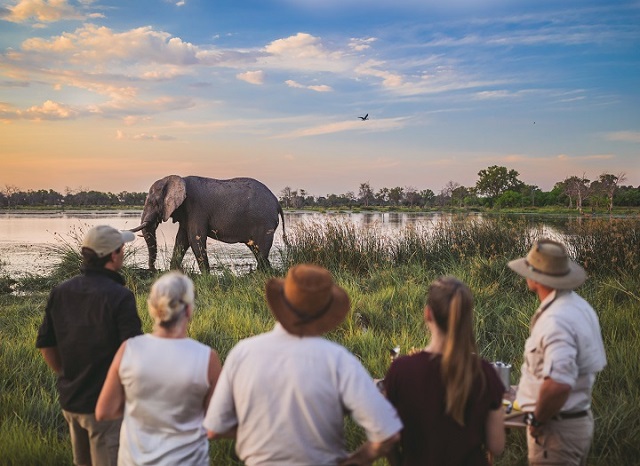
Mobile Safari
A mobile safari is a great journey through remote parts of Botswana that will get you close to nature, tune into the bush, and make you go back to the basics. Apart from the lovely crew and your private guide, you will have the whole area to yourself. Every few days you will move to a completely different wildlife habitat and your campsite will move with you, leaving no trace of your stay.
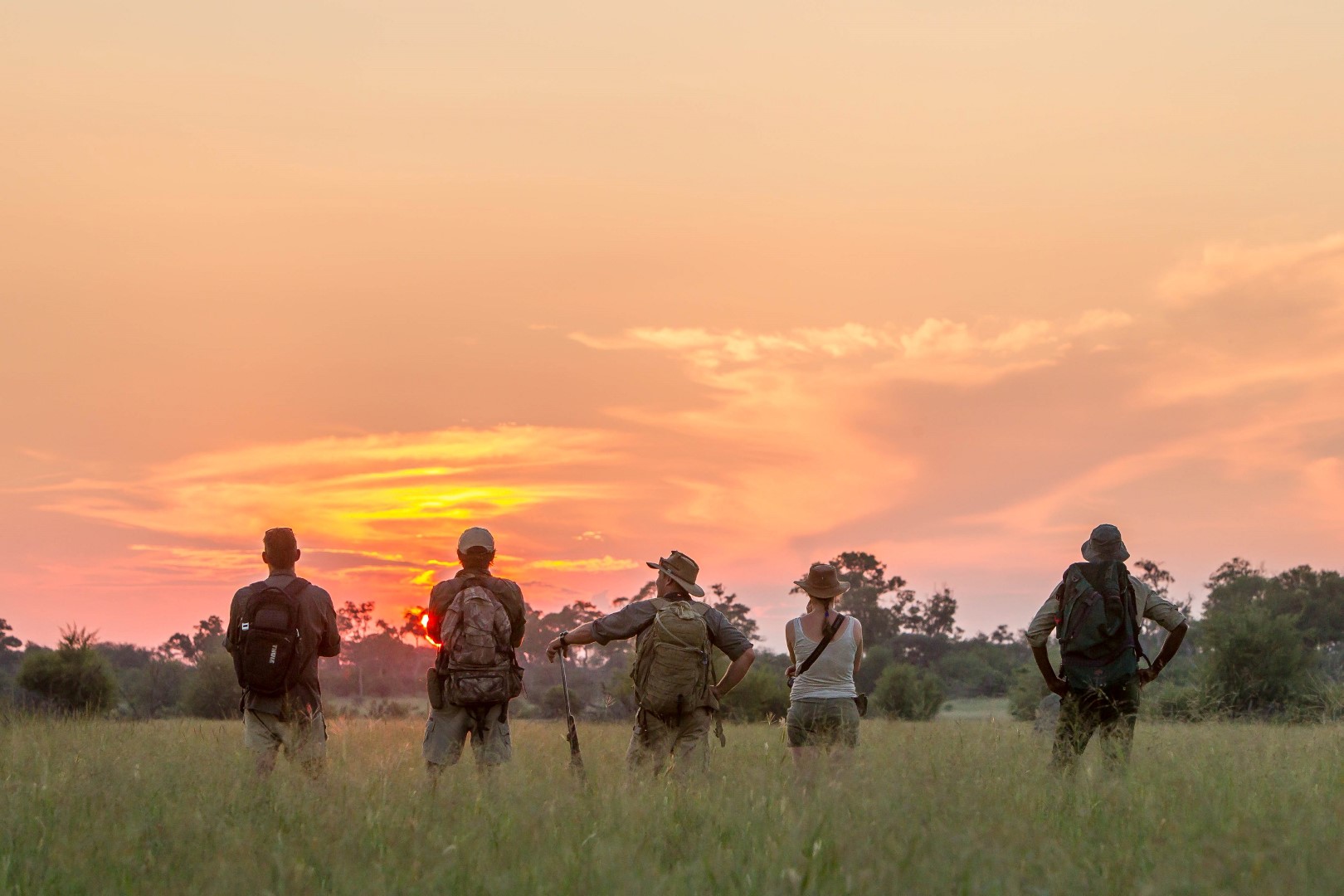
Multi Day Walking Safari
All the nature walks are led by an armed professional guide and a back-up guide when there are two or more travelers. Walking safaris are considered the purest form of safari that you can encounter, and you will feel freedom as if you went back in time to when the first explorers voyaged through Africa. Walking safari itineraries are tailor-made to fit your walking ability and interests.
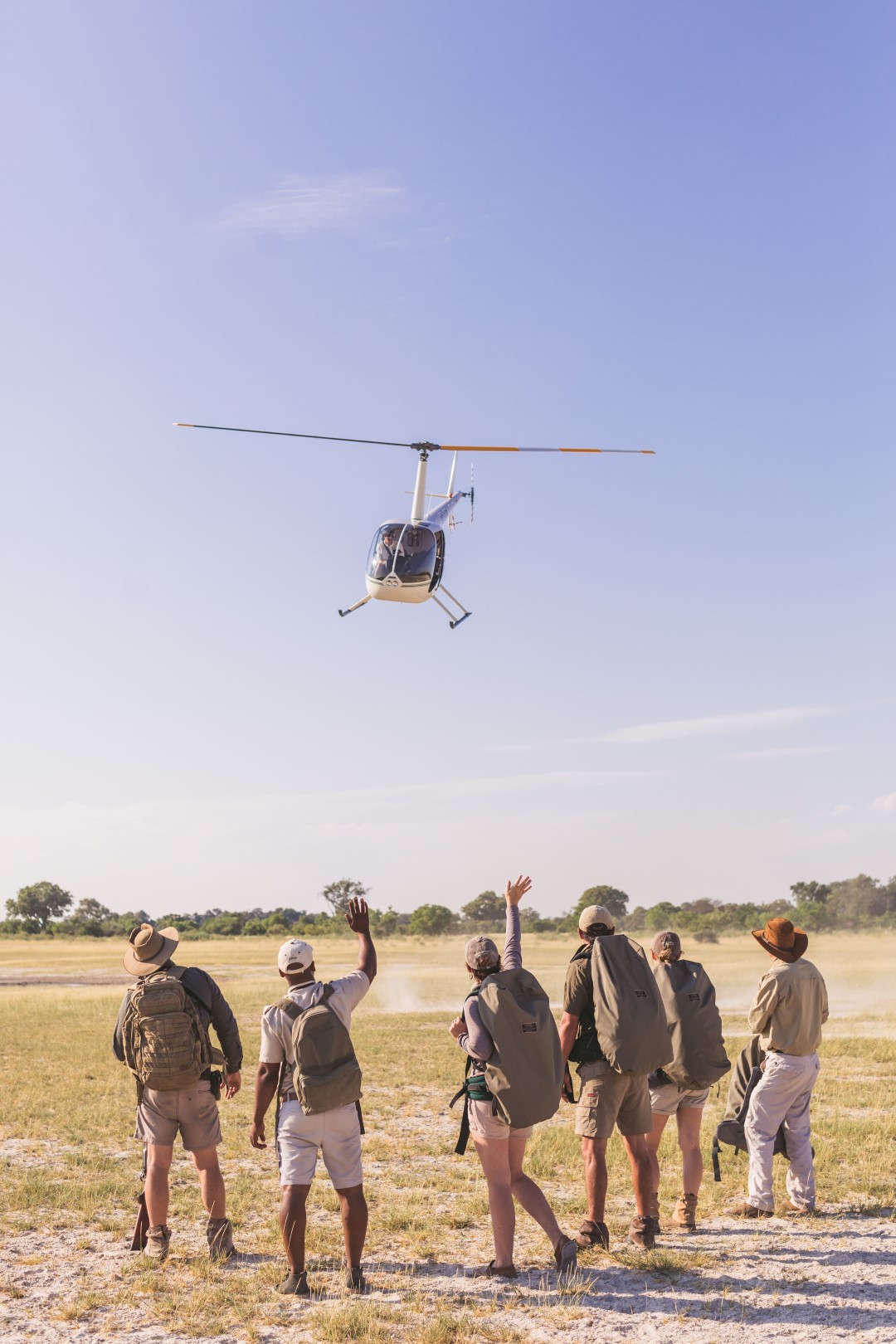
Helicopter Safari
This new exclusive tour is the ultimate adventure that combines walking safaris (the oldest of safari activities) with helicopter rides (one of the newest forms of safaris). You will be up close and personal with wildlife and the landscape around you in areas with no trace of another human. We use a combination of sleep out nights and lodge nights to give you an adventurous, yet luxurious experience.
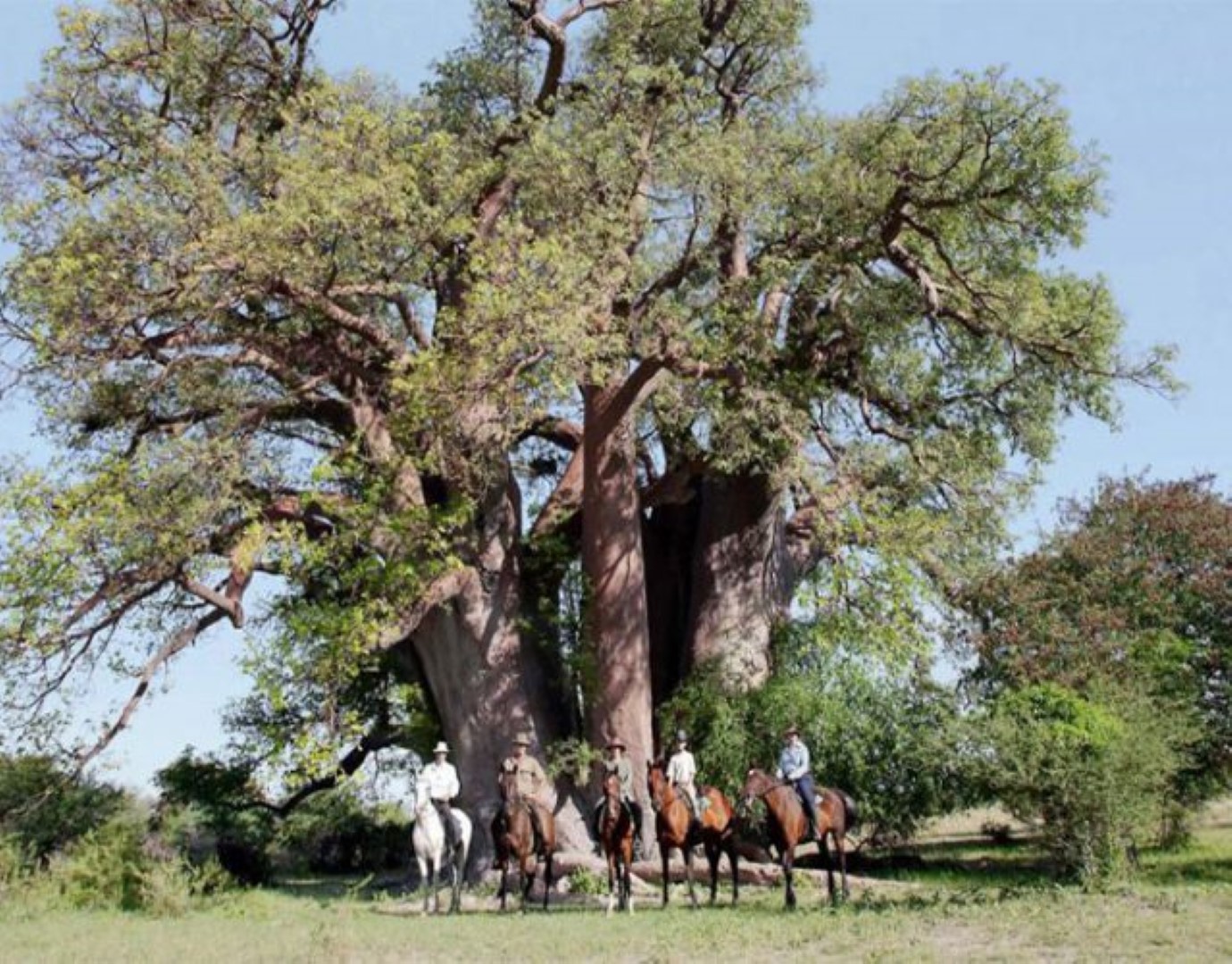
Horse riding safari
From experienced riders to complete beginners, we will find the right adventure for you. You can do gentle day outrides, multi-day horse rides, or even combine different areas in the country to create the ultimate horse safari. You will have a well-trained approachable horse so you can enjoy cantering through the golden floodplain along with the wildlife.
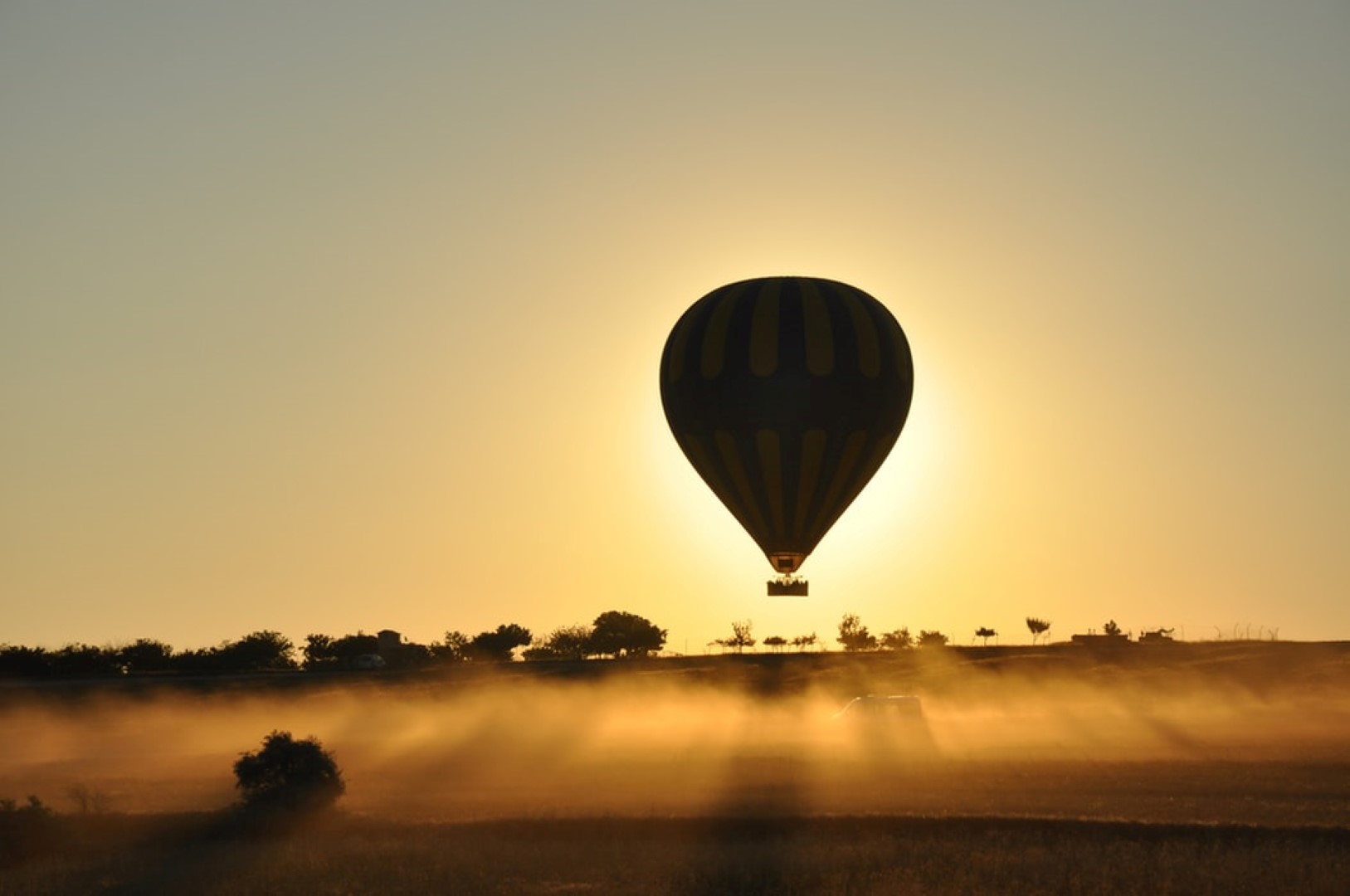
Hot-air balloon safari
Float serenely above the misty plains, winding channels, lagoons, and woodland forests while the sky turns liquid gold and the sun rises. Watch the wildlife below and get a sense of the Okavango Delta’s vast landscape. It is truly a magical, once in a lifetime experience! The pilot will alternate altitudes from tree top level and up based on the winds and wildlife movements.
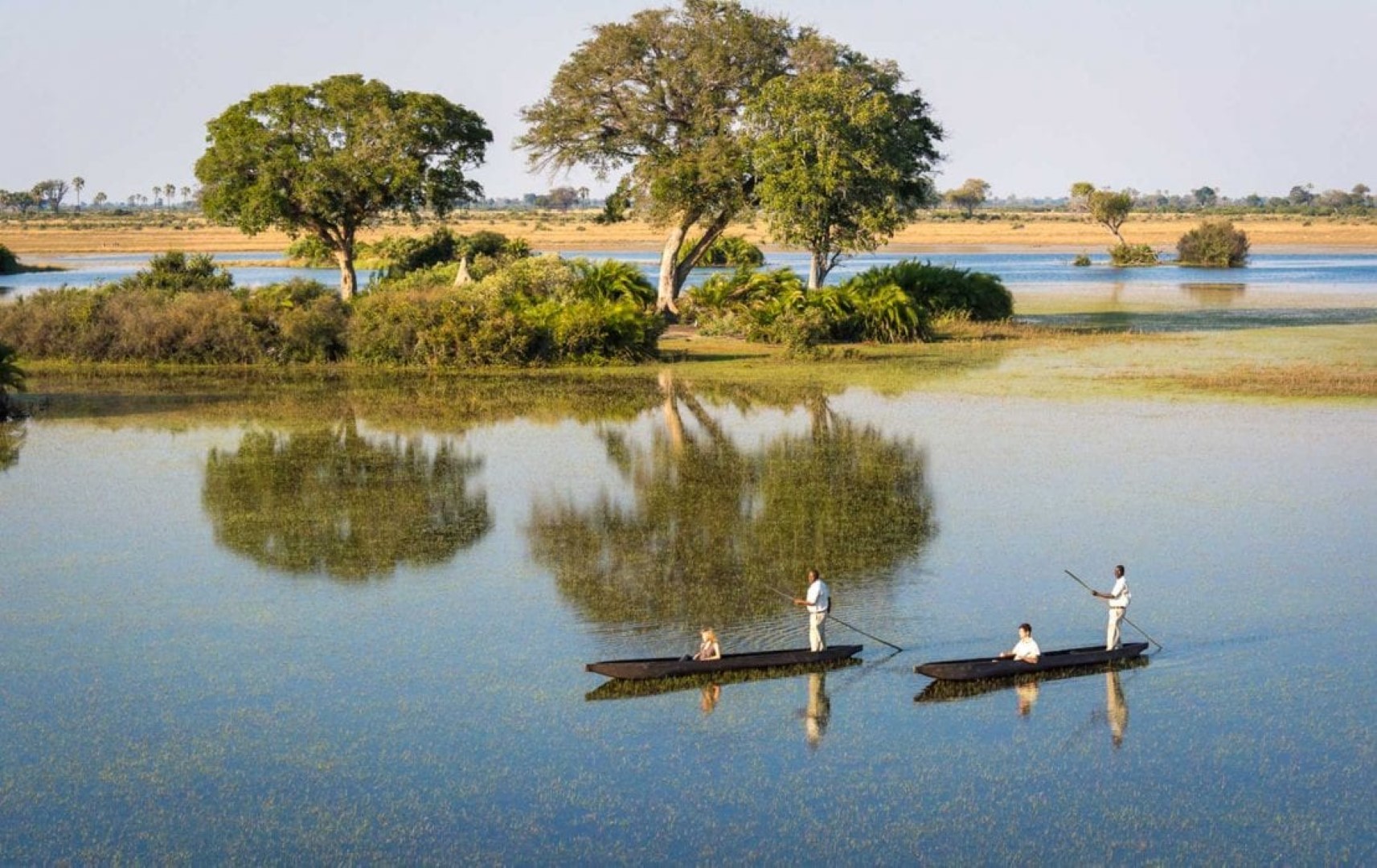
Mokoro safari
A mokoro is a slim, fiberglass craft ideal for winding through the beautiful labyrinth of waterways and lagoons of the Okavango Delta, which is the only place you can do this memorable experience. It is a great way to slip silently past big game and see the wildlife from a different perspective. All your senses will become pleasingly alive.
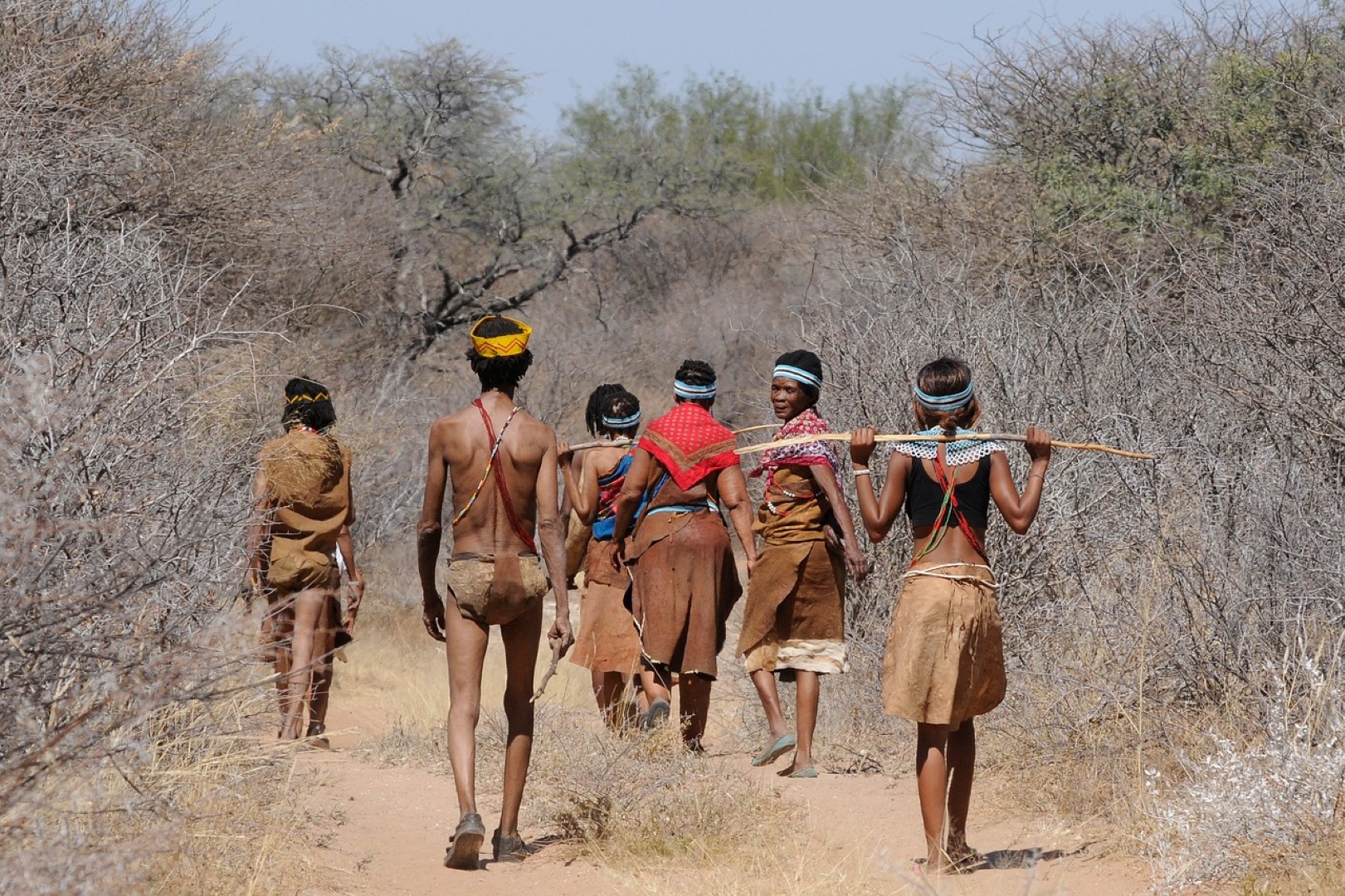
Meet the San Bushmen
The San people are the oldest inhabitants in Southern Africa. They are semi-nomadic and have adapted to the dry and harsh conditions, successfully perfecting their survival skills over countless generations. They are very proud of their heritage and happy to share it with visitors. You will enjoy learning and spending time with these gentle, warm, incredible people.
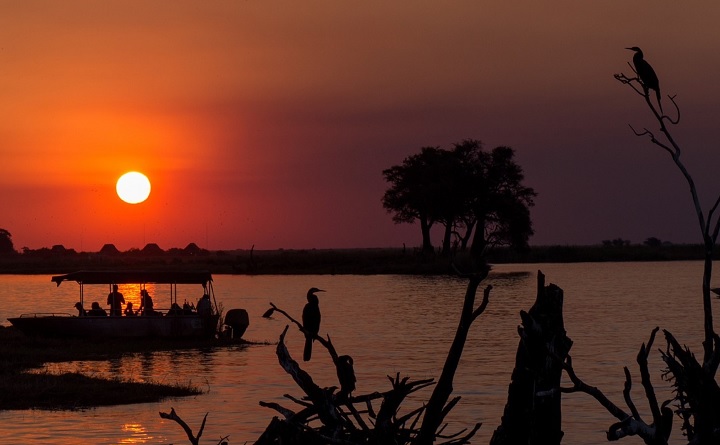
Sunset cruising
Both the Chobe River and the Okavango Delta offer superb wildlife sightings and mesmerizing sunsets. Your guide will provide insights of the animals and help you spot them as you go. At the same time, enjoy the peacefulness of the environment and watch the sun go down on the horizon while sipping your favorite drink and enjoying a snack.

For further information please contact us. We will make sure your holiday is unforgettable!

January: start of the ‘short dry season’. Hot month. Migration found in the Serengeti. Place green lush scenery and solitude over wildlife abundance.
February: hottest month and still relatively dry. Calving season for migrating herds. Both birding and wildlife viewing tend to be excellent during this month.
March: the start of the main and long wet season. Still good for spotting the migration.
April: the rainiest month of the year and with high humidity levels. Avoid if possible.
May: still very rainy month; expect afternoon downpours. Avoid if possible.
June: the beginning of the long dry season; weather is usually sunny with clear skies. Wildebeest herds stop at Grumeti River to build up numbers before they attempt the river crossing in their thousands.
July: cool weather and the landscape is beautiful green and lush; one of the best months to visit Tanzania. Migration river crossings.
August: beautiful warm days with cooler mornings and nights. Little to no rain.
September: dry and gorgeous weather, alike July and August.
October: warm and clear days, possible rains at the end of the month.
November: start of the ‘short rainy season’.
December: the second month of the short rains, temperatures gradually rise. Migration herds grazing in the Serengeti.

From mobile camping to luxury private reserves, our safaris offer options for every budget. Safari lodges and camps harmoniously blend into the landscapes, offering prime wildlife viewing and the opportunity for you to wake up in their habitat. These lodges are spread over a vast area with no fences, providing privacy and seclusion to the visitors. Botswana has been a pioneer on “Eco-lodges” as eco-tourism has become more popular.

Please complete the contact form and we’ll get in touch with you as soon as possible.
